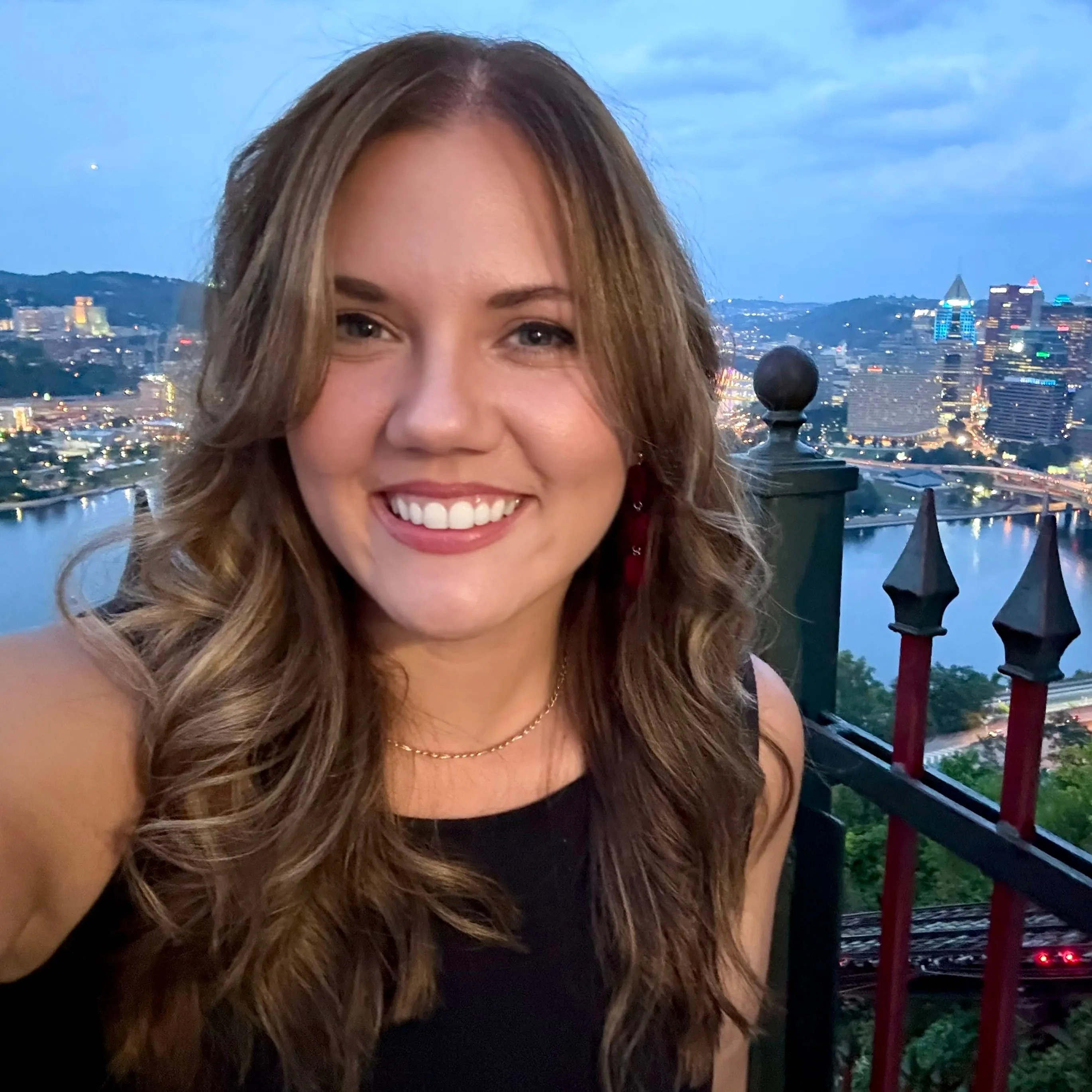


Dollar Bank


This handsome brownstone edifice, opened in 1871, is one of the oldest buildings on Fourth Avenue, the former “Wall Street of Pittsburgh.” Dollar Bank was the city’s first mutual bank, chartered primarily to serve the working class. Unlike other banks, a savings account here could be opened with just one dollar — which was then about a day’s wage for an unskilled worker.
The carving above the entrance was apparently inspired by the Liberty one dollar gold coin minted in 1855, the year of the bank’s founding. But the two carved lions flanking the stairs are the best known emblems of this building. The ones in front are reproductions; the original pair, carved on site from the same Portland brownstone as the facade, were moved into the lobby to protect them from the elements. Each weighs about four tons and is perched on a special steel framework anchored in the foundation.
Dollar today is one of the country’s biggest mutual institutions, with more than $11 billion in assets. Tellers in the grand banking room still handle transactions behind the original marble counter, and the interior is beautifully preserved. The building has an impressive display of historic banking equipment, as well as fascinating profiles of its founders, trustees, and depositors.
Photography is not permitted inside, but visitors are welcome.

Charles Colton
The founder of Dollar Bank came to Pittsburgh from New England, where the country’s first mutual banks were established. Originally in the insurance business, Colton persuaded several of his fellow businessmen in 1855 to be unpaid trustees for a mutual savings institution, with him as its sole employee.
Skeptics questioned the viability of a bank without shareholders, run not for profit but solely for the benefit of depositors. But by the end of its first year, the bank had 458 customers. Colton became a prominent Pittsburgher, and was president of the Duquesne Incline and the Western Pennsylvania Humane Society in addition to his role as Dollar’s treasurer. By the time of his death in 1881, depositors had opened more than 64,000 accounts in the institution he founded.

Josephine and Thomas Gatewood
This married couple, formerly enslaved on a Virginia plantation, escaped north during the Civil War with their two children. They opened a savings account at Dollar Bank, which invited African Americans to be customers from its inception.
Josephine Gatewood was a deaconess of Bethel A.M.E. Church and president of the missionary society. She was also vice president of a nursing home for Black women and a training center for Black girls.
Thomas Gatewood started as a hotel waiter in Pittsburgh, then became a postal clerk, later a nurse, and finally a well-respected messenger for the city controller. He was active in local politics and charities and also managed a traveling singing group.

Dr. Millie Chapman
When she set up her medical practice in Pittsburgh in 1874, Dr. Chapman was only the third female physician in the city’s history. She soon joined the medical staff of the Homeopathic Hospital — the future Shadyside Hospital — and worked there for several decades. Dr. Chapman also treated children at a city shelter and was an officer in numerous professional and charitable associations.
In 1892, the year she opened her account at Dollar Bank, Dr. Chapman was celebrated at the national convention of the American Institute of Homeopathy in Washington, D.C., where she presented research on treating childhood diseases and expressed delight at seeing more than 50 women doctors in attendance.








